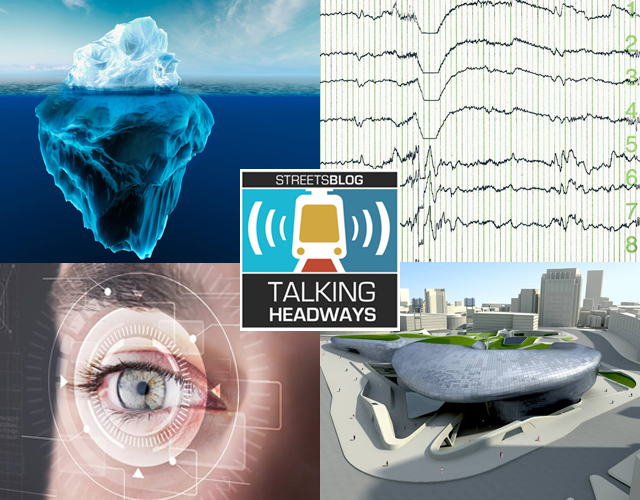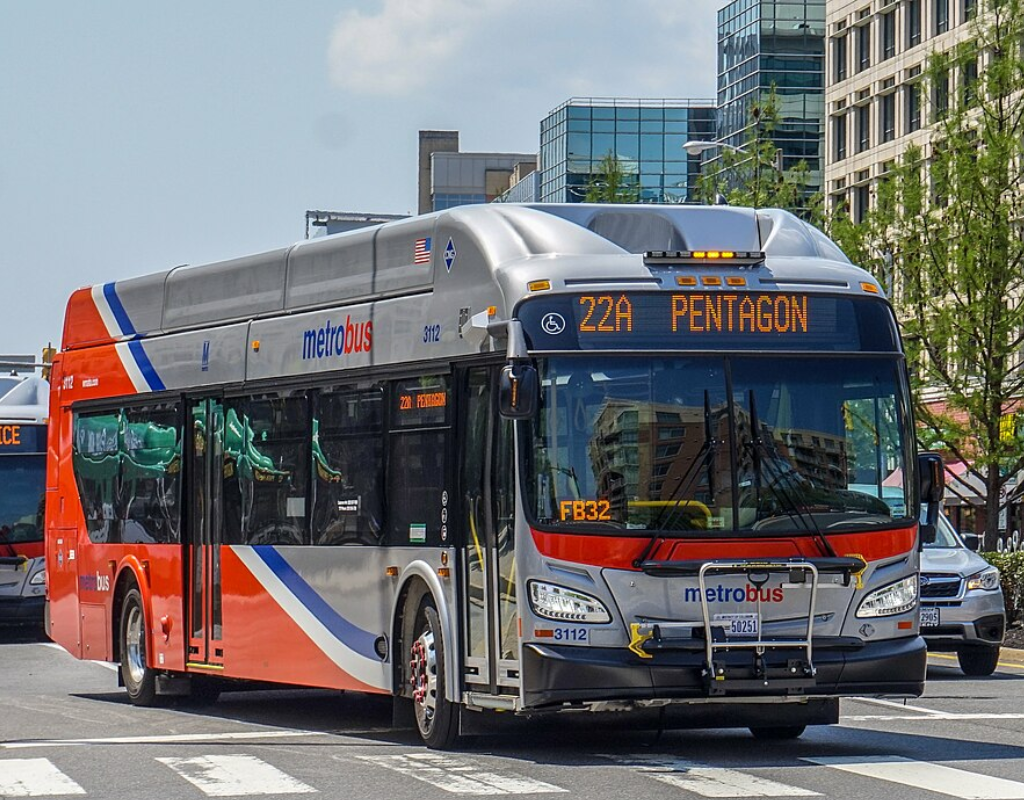This week we’re joined by Tufts Professor Justin Hollander. Hollander chats with us about a range of topics, including VMT Taxes, using eye-tracking software to measure the effects of the built environment on people’s minds, and the most recent census release.
If you prefer to read, an edited transcript is below the player. For a full, unedited transcript (with typos), click here.
Jeff Wood: I was just so fascinated. I read it and I was like, this is different. I’d seen stuff about cognitive thinking about architecture and that, but I just, you know, the way you’re doing the research and putting together the data from people’s experiences through technology that allows people to watch where the eyes or going on a picture or an outdoor experience is really fascinating. Your research shows that we only are aware of about 5 percent of our cognitive responses to the built environment yet there’s that other 95 percent, that is, I’m guessing, internal.
Justin Hollander: Right. So it’s happening automatically. When you think about it, you get up in the morning and you get out of bed and you walk down the hall, right? You’re not thinking about putting one foot in front of the other, that’s all happening automatically. It's the same thing with your heart beating and breathing, these things are happening automatically. So this is what we’ve talked about, this idea that the mind is like an iceberg with only a very small percentage peaking out that we're aware of, but everything else is happening. Your body is responding to everything around it. Frankly, it’s just beyond our capability to even understand how we can do that. I mean, imagine if you had to be conscious and aware of all of those things that are happening automatically, or you can never function, that’s why babies have such a hard time crawling. Those skills haven’t been developed yet.
So when we design the street or a plaza, park, we design buildings; we need to have that in the forefront. We need to recognize that people are responding to these places at the subliminal level first. That’s how they’re first responding. Then they might later think, oh, this building actually looks familiar. Oh. Or I think I’ve been down the street before that’s later and that’s, of course that’s fine. We can build those kinds of ideas into design, but the automatic response, that’s something that affects us very deeply in terms of health and wellbeing. And it’s been essentially absent from our conversations and planning and architecture.
Jeff Wood: Or does it impact us? I mean, when something you see is negative, does it raise your heart rate, does it cause you to faint? What does it do to you physically when you have that response that you don’t quite understand maybe?
Justin Hollander: You’re right, a heart rate. There are a number of different indicators of stress. When people have done research where they've looked at a brainwave activity, EEG in certain brainwaves that are indicating that someone’s relaxed or some of that indicate that the person is stressed. So a galvanic skin response measures electrical activity on the surface of your skin. That’s also suggesting that you’re stressed out or upset. So these kinds of things are all telling us that there’s something wrong — that this is not a good thing for a human to be so upset and worried. The other thing you mentioned in the eye-tracking, that’s also going to help us indicate a little bit about stress, but there’s something even deeper for the urban design experience, which is, it tells us where the eye will go first and an urban scene, which if a person’s is disoriented, that’s a really important wayfinding.
So it’ll help us understand if the person will see the door or on a building, or we will see the sidewalk in a busy area, will they know where to go? So then the other pieces, or if there’s nothing for them to see if they’re disoriented, then we can infer that that will make them a stressed out and upset and can make them not want to be in that place anymore or make them want to just get in their car and just drive away, as opposed to explore and walk around.
Jeff Wood: This is an experience that I think people have, but they don’t quite realize: there’s these whole new districts of buildings in United States, usually urban-renewal districts outside of downtown where these glass towers and square buildings are constructed and people, you know, maybe it just doesn’t feel quite right to them. Maybe they don’t understand why, but maybe you can explain that through how people’s responses are in those tests that you do.
Justin Hollander: Definitely. One of the things that I’ve been really interested in, especially using the eye-tracking, is that when someone does look at a scene or a place where there’s buildings that have certain characteristics and, and some of the stuff that I’ve done in my research is bilateral symmetry. I have a look on the right side or your images hierarchy, whether it’s like a top, middle and bottom, or curves. So, when they look at these things and they see these and they fixate on them, so their eye really hones in and stays on that, whether it’s a building facade or an edge or a part of a plaza, when they do that, the neuroscientists tell us that they remember it.
We remember when we make those fixations. So, we connect with the place or things; a memory is a very much a big part of the human experience. So, when you build a place where nobody could connect with them, and there is nothing to fixate on, you’re likely going to be failing. That’s a place that aren’t going to want to go too. They’re not going to remember, and they’re not going to go back. So, I think you’re right, that people have these experiences, and they don’t even know why. So now we’re starting to be able to understand why, what we have some of these really powerful biometric tools that gives us those measurements. It’s really opening up a whole new kind of discipline within planning.






